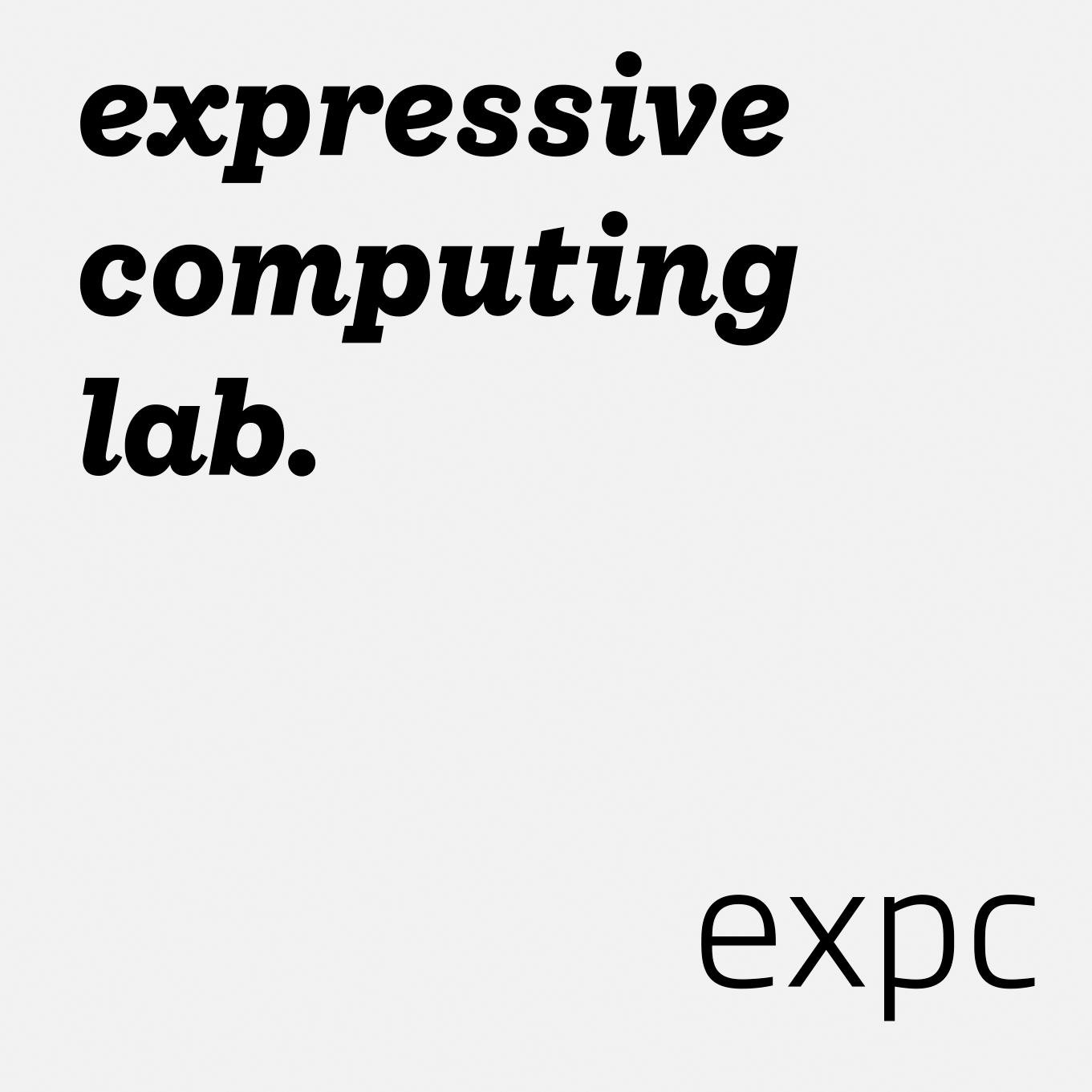Teaching
My aim is to promote awareness of the interplay between arts/crafts (techne) and technology (episteme) to cultivate better creative problem-solving with emerging technology, with a strong focus on design. To achieve this, my goal in teaching and mentoring is to create an interactive, informal, and curiosity-driven learning environment for my students. I believe that establishing such an environment requires more than well-delivered lectures and well-designed curricula; it involves fostering a new culture where students can learn how to tackle different problems for their own research problems, research activities and design practice based on their interests as a researcher as well as a designer. I have invested significant time and effort in creating this culture in my classes and mentoring sessions, as I believe it enhances interactivity, promotes learning by doing, improves critical thinking, and broadens students’ perspectives. To achieve these goals, I provide constructive and critical feedback from a variety of contexts I have experienced, including working with dual major students in both visual design and communication departments, graduate students in the Informatics department, and as the chief design officer at a tech startup.
My teaching philosophy is based on the concept of: Low Floor, High Ceiling, and Wide Walls: The learning experience should offer easy entry points for learners (low floor) while providing opportunities for them to engage with increasingly sophisticated materials over time (high ceiling) through diverse pathways that hold personal meaning to them (wide walls).
Curiosity: Intrinsic motivation and enhanced curiosity reciprocally influence each other, creating the drive to learn and explore. I strive to provide the theory behind the techniques and theories being presented but give priority to learners so that they can explore a problem space proactively and form their own creative solutions.
Cooperation and Competition: Helping others and engaging in friendly and supportive competition, each in certain situations, can increase motivation and help the class progress. I often assign group projects and facilitate multiple rounds of design critique sessions so that learners can promote their creative solutions, allowing them to learn inside and outside of the group setting.
My previous experiences as a graduate student and a Fulbright scholarship recipient in the U.S. higher education system have taught me the significance of educators and mentors who foster an inclusive atmosphere and ensure that all students have access to the tools they need to succeed in their respective fields. By cultivating an environment of equality, respect, and communication across gender, racial, and cultural differences, universities can enhance the student experience and facilitate collaborative and innovative research. I strongly advocate for diversity, equity, and inclusion to be integral to our department’s vision and to UNIST’s pursuit of academic excellence.
My commitment to diversity, equity, and inclusion is evident through my past experiences, and it aligns well with my teaching philosophy. I am dedicated to promoting diversity, equity, and inclusion in my research groups, courses, within the Department of Design, at UNIST, and within the broader research and design communities I engage with. Below are my philosophical and practical strategies to realize these values in my research, education, and service in general:
Diversity: I recognize that diversity, in all its forms, enriches us culturally and intellectually.
Equity: I advocate for equal treatment of all individuals, irrespective of their race, gender, sexual orientation, or any other attributes that do not define a person’s academic and research potential.
Inclusion: I actively work to create an inclusive environment where everyone’s voices are heard, and their contributions are acknowledged and valued.
2024 Spring
DES40401/50401:: Human-Centered Machine Learning and Design (U/UG Cross-listed)
UNI20701:: Creative Computing for Emerging Media Art (aka Design with Generative AIs)
2023 Fall
CDE90601:: Computational Interaction Design
IID 23101:: Design Knowledge and Skills (not offered in ’23 Fall)
2023 Summer
UNI207:: Creative Computing for Emerging Media Art
2023 Spring
DES41001:: Human-Centered Machine Learning and Design
2022 Fall
CDE90601:: Computational Interaction Design
IID 23101:: Design Knowledge and Skills
2022 Summer
UNI207:: Creative Computing for Emerging Media Art
2022 Spring
DES41001:: Human-Centered Machine Learning and Design (not offered in ’22 Spring)
DES90501:: Thesis Writing and Presentation
2021 Fall
DES231:: Design Knowledge and Skills
DES906:: Computational Interaction Design
2021 Spring
DES41001:: Human-Centered Machine Learning and Design
2020 Fall
CDE59001:: CDE Seminars
CDE90601:: Computational Interaction Design
IID 23101:: Design Knowledge and Skills (aka Information Design)
2020 Spring
IID41001:: Observation+Expression (aka Experimental and Foundation Studies)
IID30101:: Product Design I
HFE59001:: Design Seminars
2019 Fall
IID 23101:: Design Knowledge and Skills (aka Information Design)
IID 43201:: Creative Design 2 (Undergrad Degree Show)
CDE 51401:: Emerging Technology for Designers
![]() Course Explorer
Course Explorer
2018 Fall
IS555:: Usability Engineering, School of Information Sciences, UIUC
2018 Spring
IS461:: Museum Informatics, School of Information Sciences, UIUC

